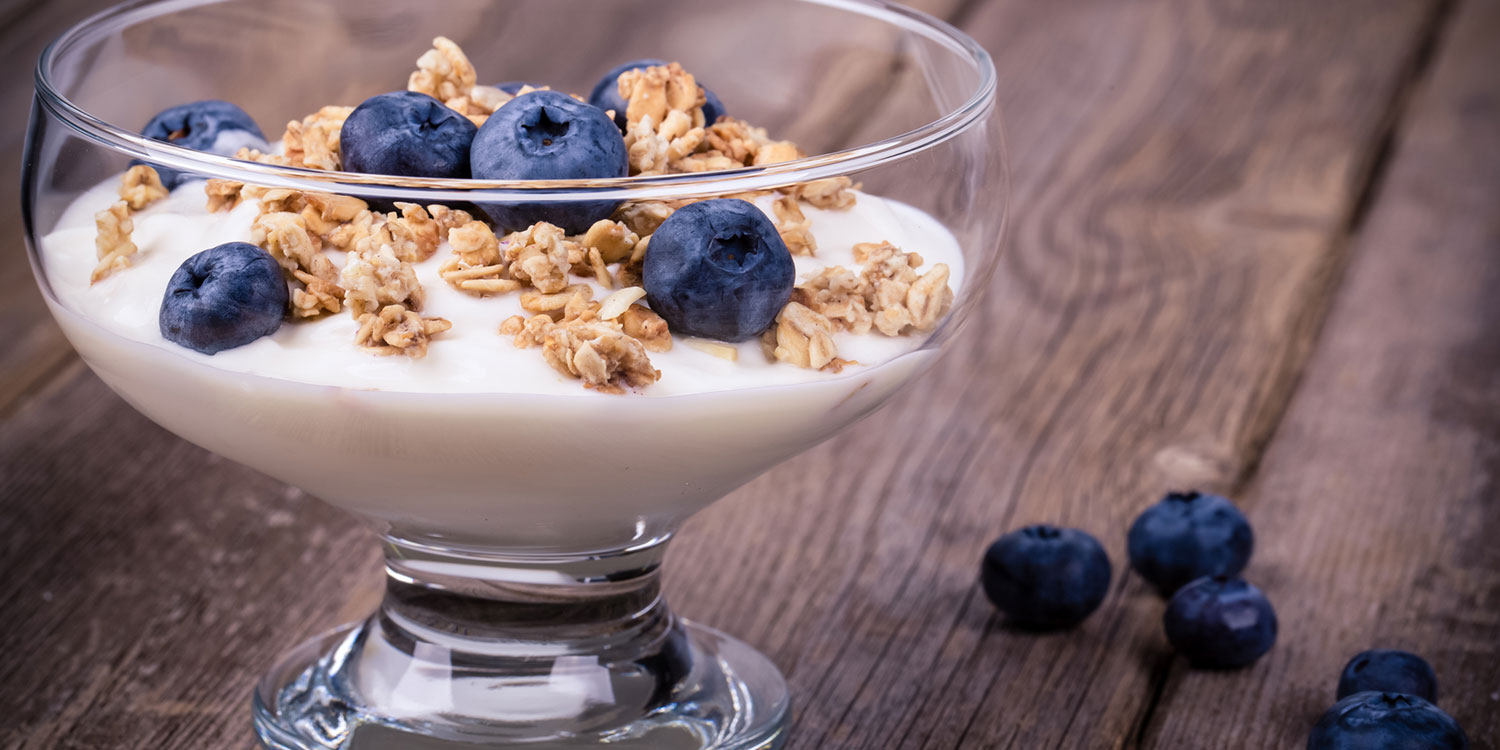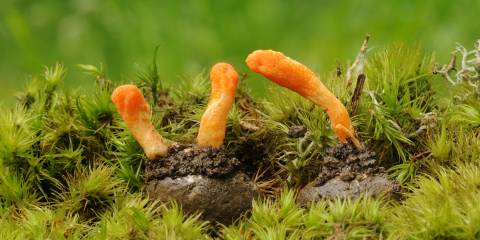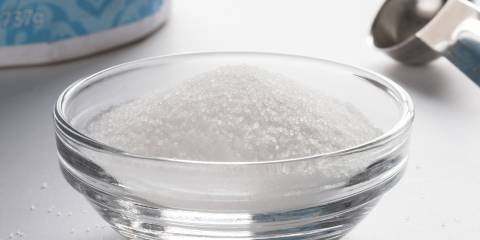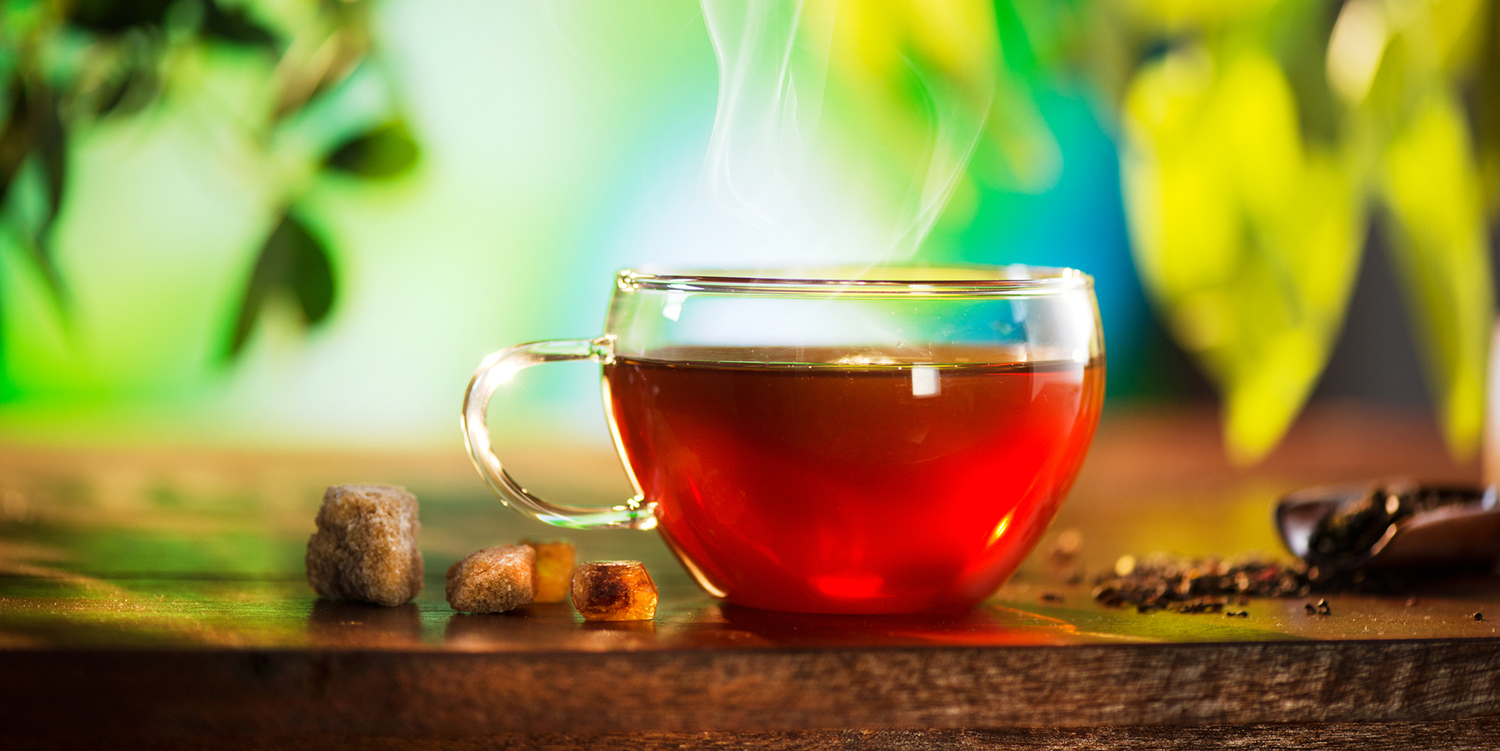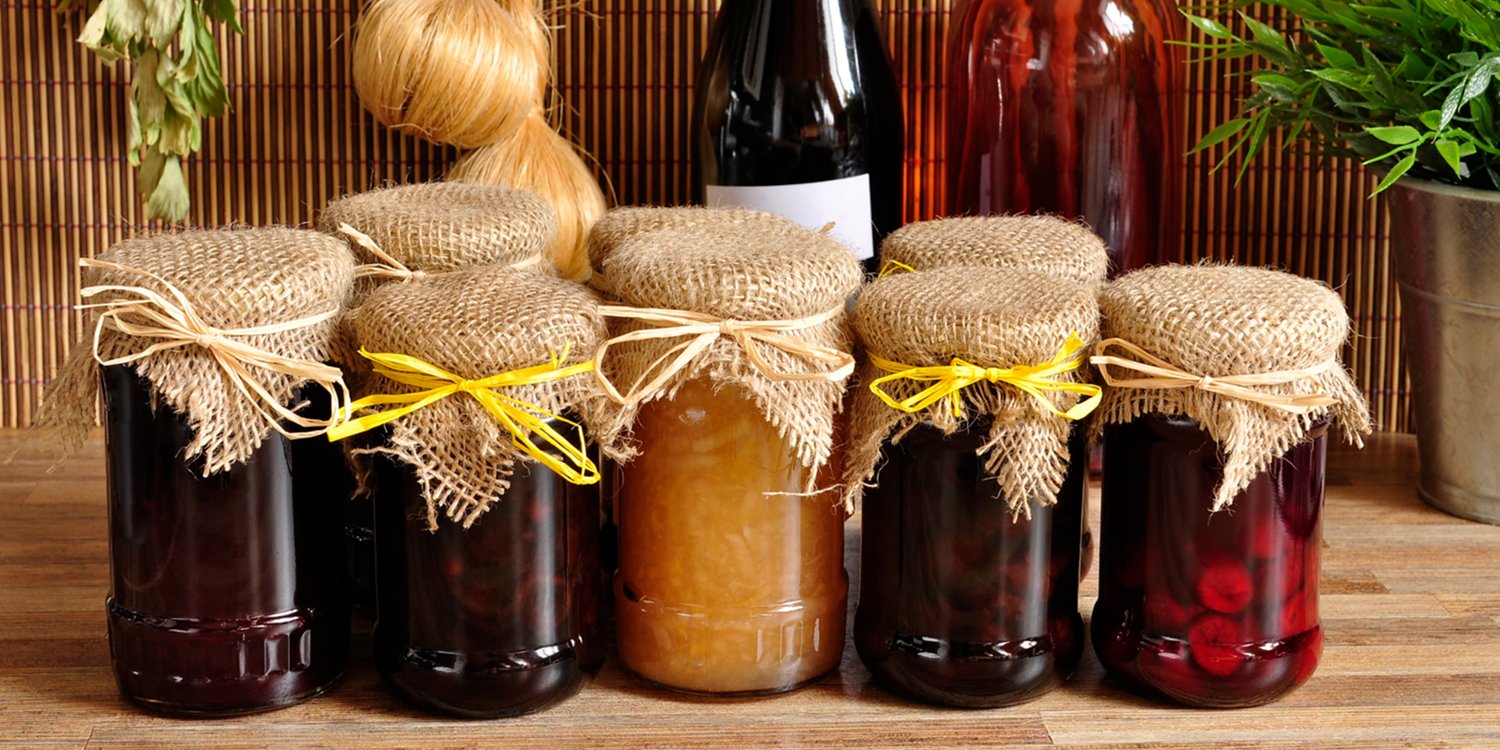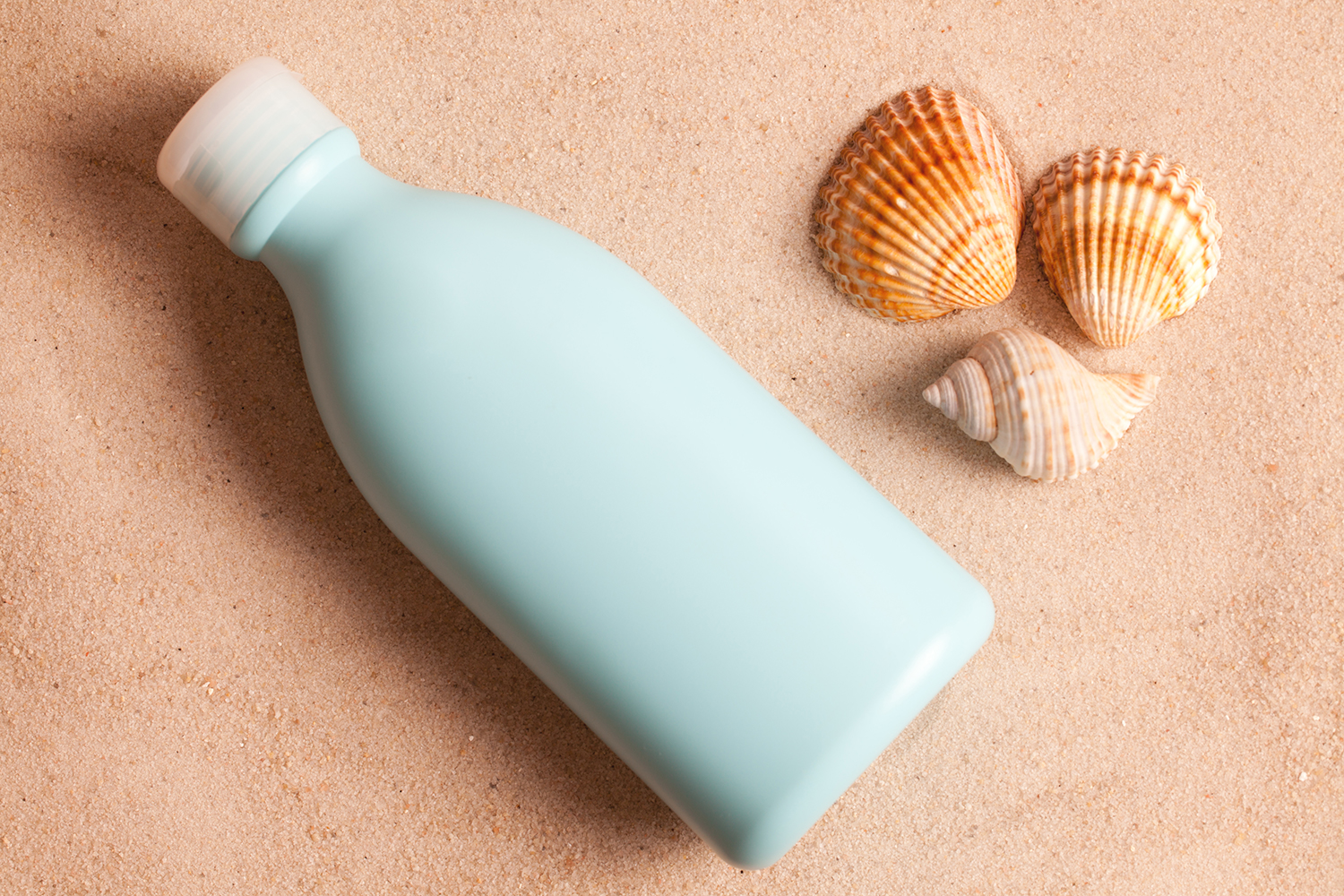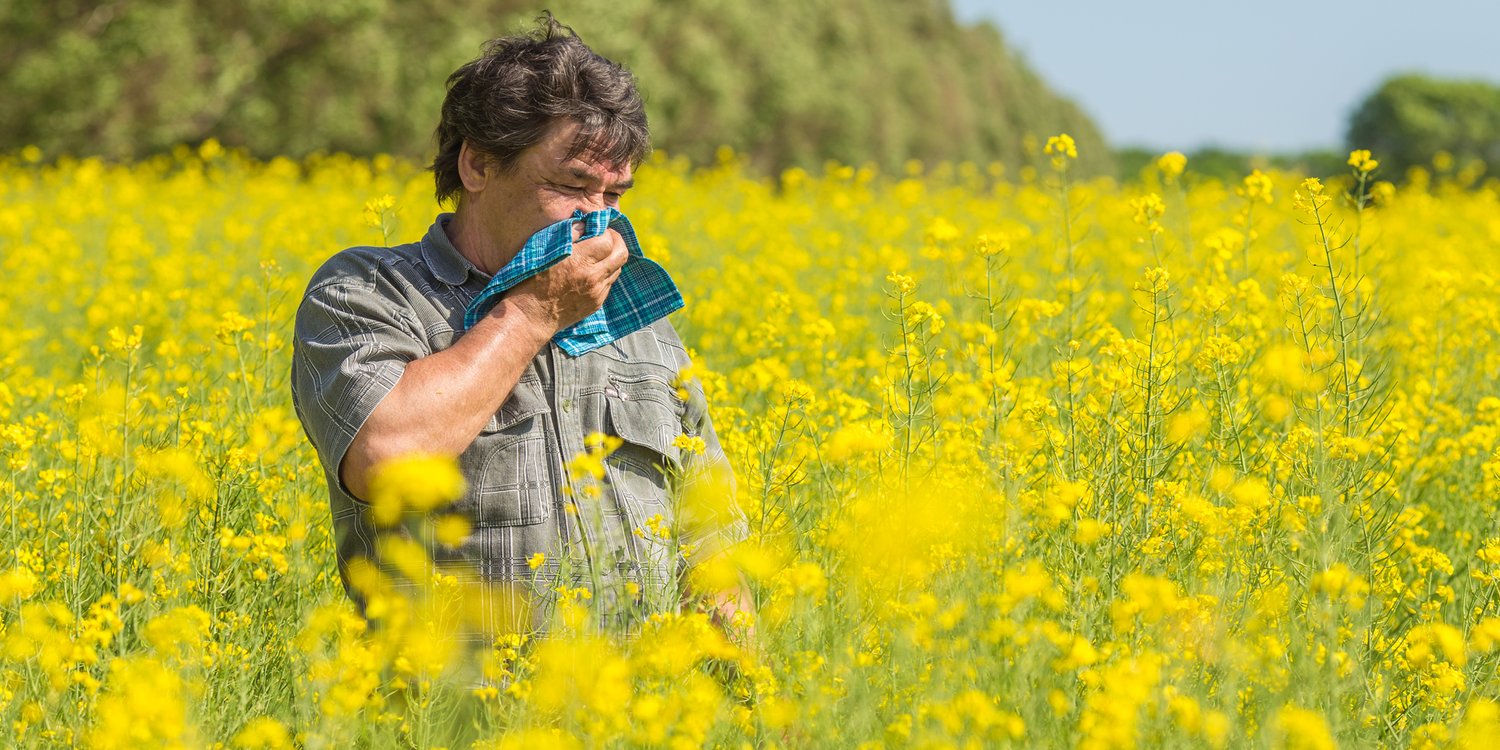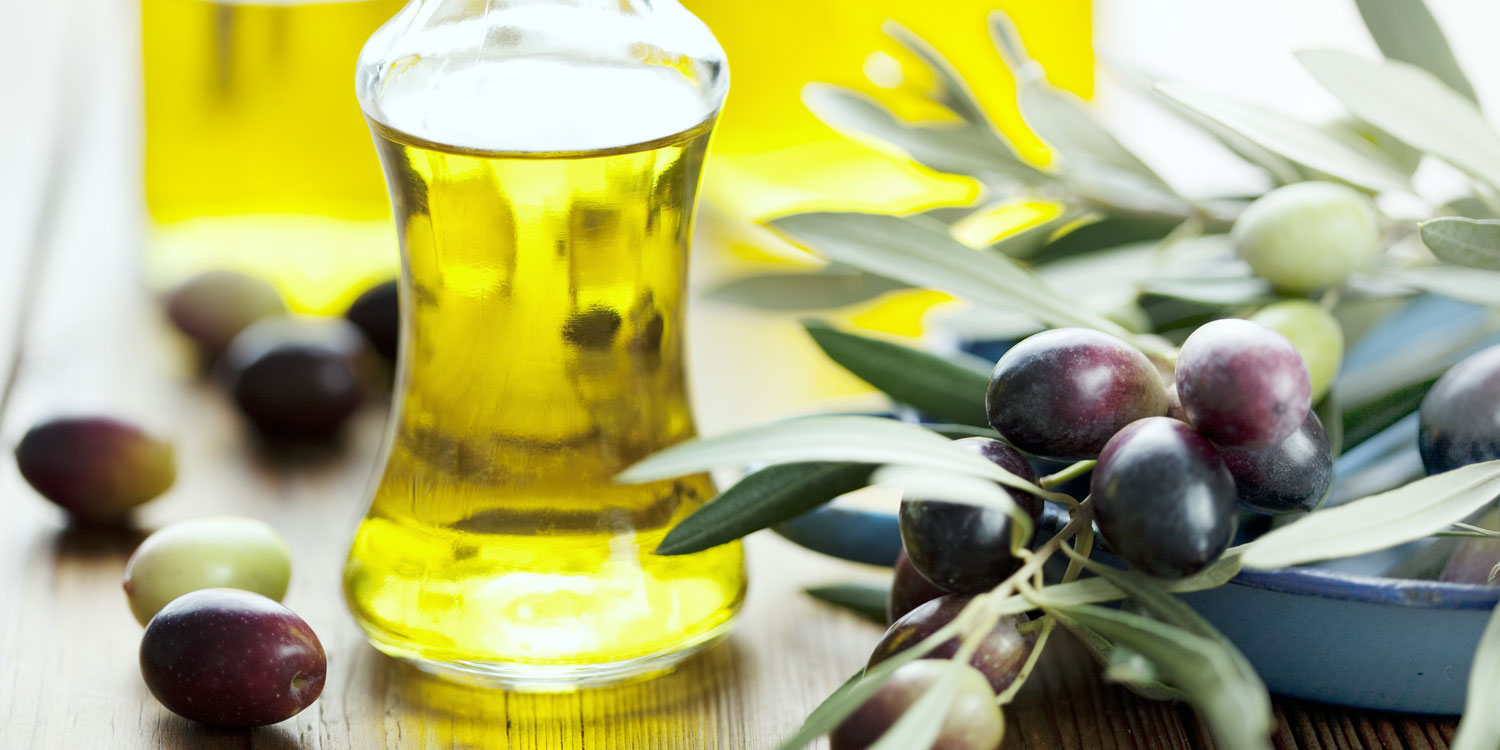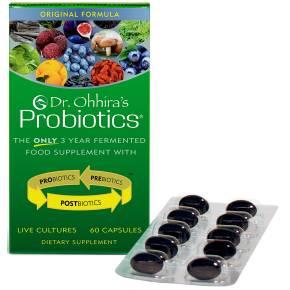A healthy diet is the cornerstone of vitality: think lean proteins, whole grains, lots of fruits and vegetables. Incorporate foods that supercharge immunity, fight heart disease and prostate cancer, balance hormones, build muscle mass, and support overall health.
Nutrition for Men's Health
Here are some top recommendations:
-
Blueberries
Phytonutrients are natural chemicals that promote health, and blueberries are a rich source. High in antioxidants and low in calories, they also provide fiber and vitamin C. A recent study found that blueberries can speed recovery from exercise.
-
Yogurt
High in protein, calcium, potassium, and B vitamins, yogurt also provides beneficial bacteria to improve digestion, immunity, and even mood. Yogurt may also boost male fertility.
-
Coconut Oil
Coconut oil boosts metabolism, supports immunity, and increases good cholesterol. Great for endurance sports.
-
Tempeh
Made from fermented soy, tempeh is highly nutritious. It improves cholesterol and helps control blood sugar. It can also reduce risk of prostate cancer.
-
Sauerkraut
A great probiotic food, sauerkraut is also rich in fiber, vitamins A and C, and phytonutrients. Natural chemicals produced in the fermentation process help fight cancer, including prostate cancer.
-
Cruciferous Vegetables
Eating nutritionally dense cabbage, broccoli, kale, and cauliflower provides a compound called DIM (diindolylmethane), which reduces inflammation and boosts immunity. DIM also optimizes hormone metabolism, especially helpful as men age.
-
Chia Seeds
High in antioxidants, nutrients, protein, and omega-3 fats, chia seeds support energy, glucose metabolism, and immunity. They can also help prevent heart disease.
-
Grass-Fed Beef
Higher in both omega-3 fats and antioxidants than its grain-fed cousins, it also helps build lean muscle.
-
Pumpkin Seeds
Loaded with zinc, pumpkin seeds support immune and prostate health; they’re also high in magnesium, which benefits the heart.
-
Sweet Potatoes
High in vitamin B6, sweet potatoes are also rich in vitamins A and C, as well as iron and magnesium. Can help prevent heart attacks and strokes.
